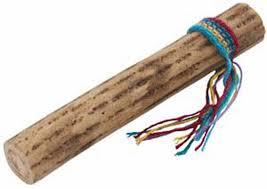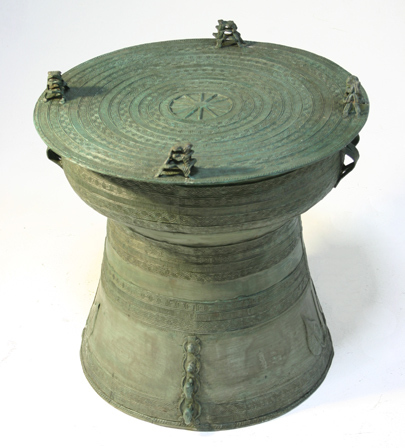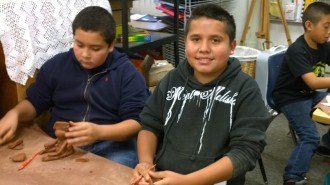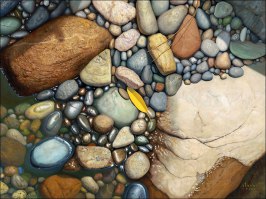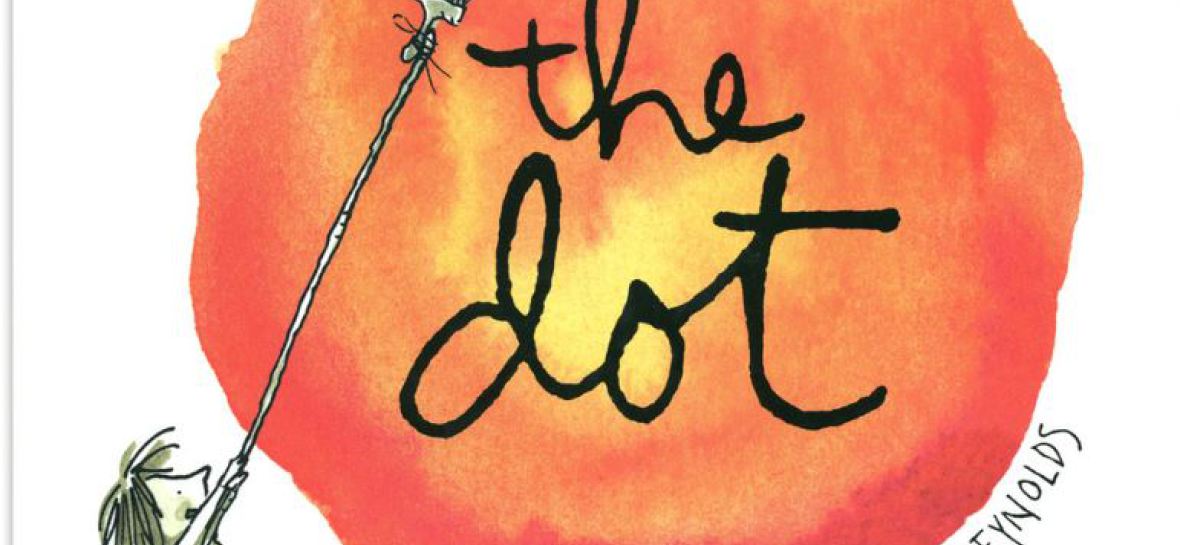

- Sketchbook Keeping to Picture Your World
- Thoughts on My Bike: Picturing Places
- Sharing Stories
- Dog of My Own
- Using Art to Tell Stories and Create Dramatic Tableaus
- The Boy Who Drew Cats
- The Barn Dance
- The Snowman
- Nature's Rain Song
- Aboriginal Rain Sticks
- Cloud Catchers Moods of Weather
- Tiles representing Cultures
- Narrating a Family Tradition
- Pet Rocks
- Safari A Story Collage
Nature's Rain..........My Rain Drum
How does our interactions with and analysis of art develop our ideas and understandings of society, culture, and history?
Process Component: Synthesize Anchor Standard: Relate artistic ideas and works with societal, cultural, and historical context to deepen understanding.
An Adapted Arts Edge Lesson
Making Rain
In this lesson, students experience rain through several activities, experiments, reading, and performing
Summary
Rain is needed everywhere for life. In this lesson, students experience rain through a hands-on auditory activity, a science experiment, an award-winning children’s picture book, poetry reading and writing, song and chant, and an instrument-making activity.
Learning Objectives
Students will:
- Simulate the sound of rain
- Make rain in a controlled environment
- Learn about the need for rain for life
- Experience different cultures through song and literature
- Create a rainstick and a rain drum
- Reflect on the sensory experience through poetry
The rainstick. Where is Chile on the map? Chileans use rainsticks to encourage rain to fall. Real rainsticks are made from the cactus plant.
The rain drum. Where is Northern Vietnam? The following is from raindrums.com
The rain drum is now believed by most
independent scholars
to have originated in northern Vietnam in the fifth century
BC.The best conclusion is that bronze casting
began
in Southeast Asia (most likely in Vietnam and
Thailand)
and was later borrowed by the Chinese and other
cultures.
In truth, the entire region can be proud of the
accomplishments
of the Dongson culture for these people occupied an area
that
encompasses parts of present-day Vietnam,
Thailand,
and South China. During the Dongson era
in
which Vietnam came to develop a strong national
identity,
the tribes of north Vietnam constructed drums (now often
referred
to as "Dongson drums") out of bronze using lost-wax casting
methods.
Over the years many drums dating back to antiquity have
been
found in this region. New drums are being discovered to this very
day.
As the Dongson drum made its way throughout Southeast Asia and China, it took on meanings unique to the assimilating culture. For
example, among the Karen tribal people in Burma and Thailand, the drum was used to summon the rain. This is how the Dongson drum came to be known by most people as the "rain drum." The Karen are
animists and believe that the sounds produced by the drum are pleasing to the spirits ("nats") who lived in the trees, water, and other objects in their surroundings. The drums are also used in
ceremonies to summon ancestors. It has been said that among this group ownership of a rain drum brings more status to the person that would possession of seven
elephants.
As with Vietnam, the rain drum was used in Thailand for ceremonies and for calling the
troops to action. One story tells of a Thai military leader who was short of men placing a rain drum at the foot of a waterfall to create the impression of a large army of soldiers marching into
battle.
Rain drums have long been a part of Indonesia's culture and traditions. It is believed
that the first rain drums made their way to Indonesia about 2500 years ago. In Bali, a predominantly Hindu island of Indonesia, rain drums are often found in temples and used in religious ceremonies.
Most notable is the "Moon of Bali" drum that is impressive for its sheer size.
Bronze “moko drums” are an important part of the culture on the small Indonesian
island of Alor. Despite its small size, seventy languages are found on Alor, making it difficult for people who live a mere 15 miles away to communicate with each other. On this island a male who
wishes to marry must present a moko drum to the family of his future wife. Since there is a severe shortage of these drums many couples must leave the island to marry or remain single. Moko drums
typically are decorated with Hindu symbolism
Student will write a short rain poem.
Students will use the writing process to create a poem about the rain. They will brainstorm in groups of four all words that describe rain and captures the feeling of rain. They will create their own poem, “When it rains, ....."
Each poet will enlists the support of the other team members to put motion and music to their poem and perform it for the class.
<< New text box >>
Artful Teaching
Mrs. Schellenberg & Young Artists
Ralph Waldo Emerson's Poem: Success- to leave the world a bit better, whether by a healthy child, a garden patch or a redeemed social condition; To know even one life breathed easier because of you.
Thank you AT&T
We used the wiring for our artful galimotos

